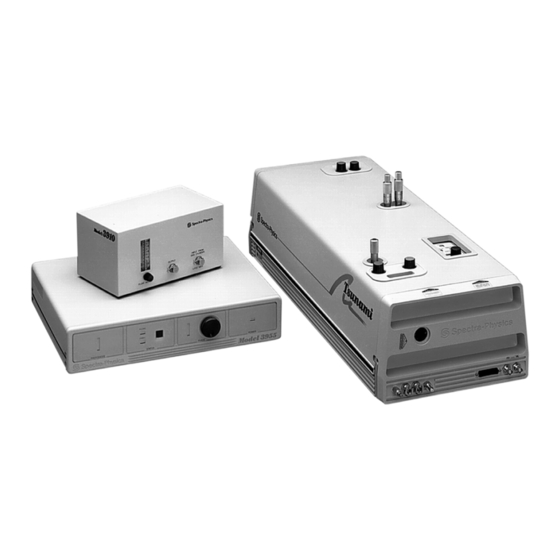
Spectra-Physics Tsunami Ti:Sapphire Manuals
Manuals and User Guides for Spectra-Physics Tsunami Ti:Sapphire. We have 1 Spectra-Physics Tsunami Ti:Sapphire manual available for free PDF download: User Manual
Spectra-Physics Tsunami User Manual (238 pages)
Mode-locked Ti:sapphire Laser
Brand: Spectra-Physics
|
Category: Industrial Equipment
|
Size: 3 MB
Table of Contents
-
Preface
3 -
-
Interlocks29
-
-
-
Introduction57
-
-
-
-
-
-
-
System Start-Up121
-
System Shut-Down135
-
-
-
System Controls138
-
Front Panel138
-
Rear Panel139
-
-
Operation Notes144
-
Typical Set-Ups145
-
-
-
Brewster Windows164
-
Ti:sapphire Rod164
-
Beam Splitter170
-
Routing Mirrors170
-
-
-
Options173
-
Accessories174
-
-
-
General197
-
GVD Compensation203
-
-
-
Introduction207
-
-
CW Breakthrough215
-
-
-
-
Notes
231
Advertisement
